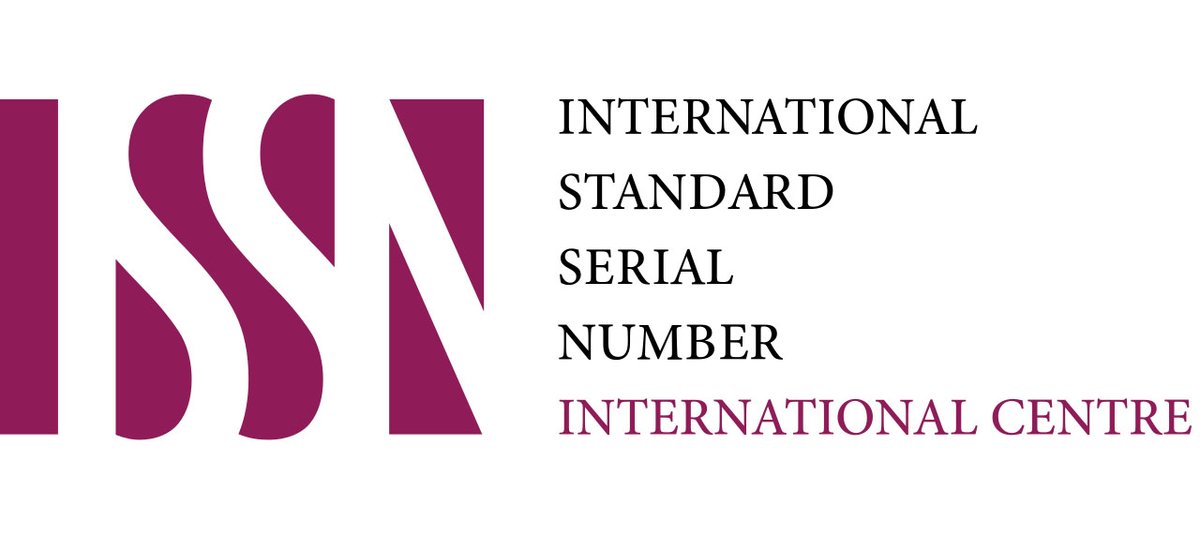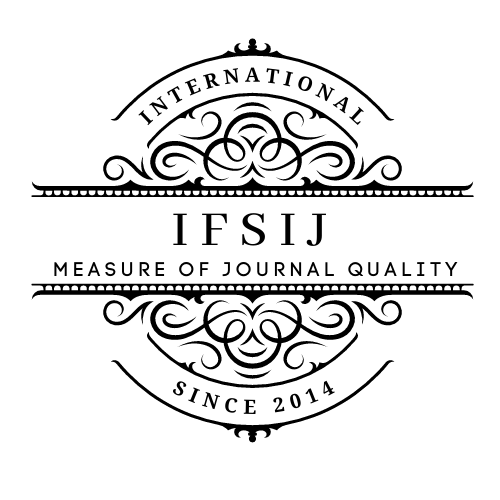CHANGES IN THE MORPHOLOGY AND AGROCHEMICAL PROPERTIES OF TYPICAL GRAY SOILS UNDER IRRIGATION
Keywords:
Soil morphology, agrochemistry, humus, mobile nutrients, soil layer, fertility, assessment, plant relationshipsAbstract
In this scientific article, the morphological and agrochemical properties of newly irrigated typical sierozem soils were studied. The research results showed that there are significant differences in the content of humus, organic matter, and mobile nutrients N-NO3, P2O5, K2O in the soil horizons. The upper layer 0-30 cm contains the richest humus and nutrients, the C:N ratio is 7.51, and high mobility creates optimal conditions for growth. The middle layers (30-56 cm) are characterized by a decrease in humus and nutrients, medium and heavy loamy mechanical composition, as well as a rich content of carbonate spots and fine gravel. The lowest layer, with a humus content of 56-80 cm and minimal mobile nutrients, provides mechanical stability of the soil by being skeletal and gravelly. Thus, it has been established that soil fertility in irrigated typical sierozem soils is directly related to the morphological features of the horizons, humus content, and the mobility of nutrients. These results will serve as a scientific basis for planning agrotechnical measures and optimizing the plant nutritional balance.
Downloads
Published
Issue
Section
License

This work is licensed under a Creative Commons Attribution-NonCommercial-NoDerivatives 4.0 International License.















